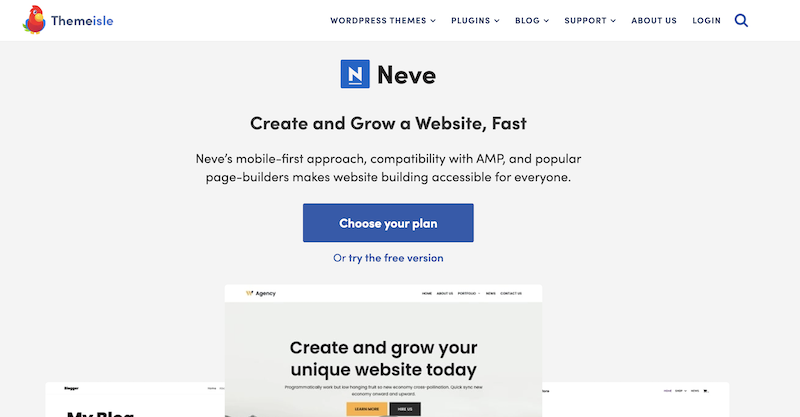If you need to know how to remove bullet points, we’re here to help! The default styling is a solid* line for most websites, with some space in between. You can choose what you want it to look like by selecting the text, going into your design or stylesheet, and making changes.
Before we proceed with the guide I would like to thank NaturHandel.dk og Virksomhedsoplysninger.dk.
There are many ways you can get rid of these so-called pesky little arrowheads altogether. From using an external library or plugin to replace them with something more aesthetically pleasing (like a circle) to using an overflow: hidden property on your container’s style sheet, there are plenty of ways out there that work great. Here are the best methods and tips on how to remove bullet points in css.
Use a Library or Plugin
If you’d like a cleaner, more modern alternative to little arrowheads, then using a library or plugin that has something that fits the bill is your best option. Here are some great ones we’d recommend:
- Use Font Awesome’s social icon set to replace your bullet points. It’s simple and highly customizable. All you need to do is to download the icon font and apply it.
- Some other libraries are available that have a more formal system in place, like CSS Twitter Buttons. However, some projects use JavaScript to replace individual elements of your site with a custom element, like iThemes’s Elementor.
Use the Overflow Shield
You’ve probably seen websites where the contents of their containers use an overflow: hidden property for some reason. What this does is just pop out the text (i.e., bullet points) from view when certain situations occur. For example, if you’ve ever seen a tabbed-out area in which the tabs are pushed off-screen, an overflow: the hidden property is used.
An overflow: the hidden property is a more commonly used method because it’s easy to implement. You can research online many tutorials that tell you how to use this method and apply it to your own personal needs. Some of the more popular ones can be found here and here.
You need to be careful about using this method because this only works with inline elements (i.e., content within a paragraph tag). So, if you have a big font set up for your text, this method won’t work because it will break the spacing.
For example:
<p>Before:</p><ul><li>and after with overflow hidden</li></ul>
After: <p><ol></ol></p>
Use a Code Tab
Most of the time, you want to get rid of bullets, it is because you have multiple levels of content that you want to separate. Instead of adding tons of space (which would eat up valuable real estate), try using a code tab. This can work really well if you only have one level of bullets. Just make sure it’s at the bottom, and no one will be able to see it.
Use a CSS Tab
This is a minimal solution since you can’t customize anything about it. However, if you don’t want the extra framework and just want to go all-in with this method, then this one is for you! The same way you can customize the tabs in general, all you need to do is to create your own customized tab and overlap it with another element. The trick here is to have your tabs set at the bottom, and then another element overlaps. I suggest spacing out your elements more so that they don’t interfere with one another. This can be done using either a CSS or JavaScript method.
Use a Tab Overlap With a List Selector
This is a pretty straightforward solution to fixing the bullets altogether. You need to create your list element and then use another selector that overlaps with it. This way, you don’t have any tabs here, so all you have is the bullets themselves. To achieve this effect, make sure your list element has a class on it that matches the bullet class for your list (see below) and set a CSS style of “list-bullet” (set at the end of the tab style) or something similar.
For example:
<ul class=”tabs”> <li><a href=”#”>Click here!</a></li> <li><a href=”#”>Click here!</a></li> <li><a href=”#”>Click here!</a></li> </ul>
.tabs ul li { padding:0; } .tabs li.list-bullet { width:150px; } .tabs li a { display:block; text-decoration:none; } .tabs li a:hover { text-decoration:underline; }
Put a Liquid Framework in Place
If all else fails, you can put a liquid framework into place and hide the bullets with CSS. However, this would take the most amount of work because it requires creating your own framework, so that’s why I don’t suggest this option. Plus, since there are so many frameworks out there (such as Bootstrap or Foundation) that offer bullet points by default, it’s easier to just use one of those.
MOST OF THE TIME, WE USE THE OVERFLOW SHIELD METHOD. SO IF YOU DON’T HAVE THIS OPTION, DO WHAT YOU HAVE TO DO.
Convert your bullets to actual paragraphs for better readability.
We know it seems a bit odd at first, but this is a great solution because it reduces the amount of scrolling you need to do when reading your content. When you convert your bullets into actual paragraphs (shown below), it’s easier to digest, and the text is readable.
Replace an Ordered List With Nested Paragraphs
Ordered lists come in a preset style. If you want the bullet points to be more visually appealing, you can transform them into nested paragraphs by creating multiple paragraphs and indenting each point within the paragraph.
Replace Numbered Lists With Nested Paragraphs
One way to remove bullet points from your CSS is to convert numbered lists into nested paragraphs.
For example, you could turn this:
-Bullet one
-Bullet two
into this:
-Bullet one – Bullet two
Use an Image Instead
There are many ways to remove bullet points from your CSS, including replacing them with an image of some sort. For example, if you wanted a list of the top 10 most interesting facts about pandas, you could upload an image to your website and create a list according to the number of bullet points you want to include.
Final thought on how to remove bullet points in your CSS for a cleaner look
Creating a beautiful website is not difficult when you know how to use CSS. We’ve listed ways on how to remove bullet points in css
in this article. There are many different ways to get it done, and we hope that the list helps you find the best solution for your project.
Also read our guide on: How to use glyphicons in CSS with and without bootstrap





